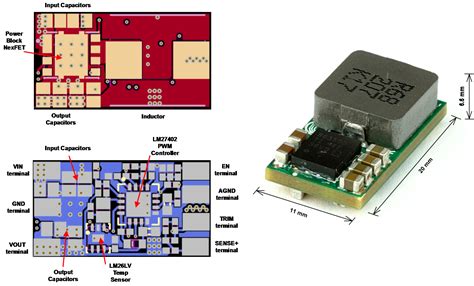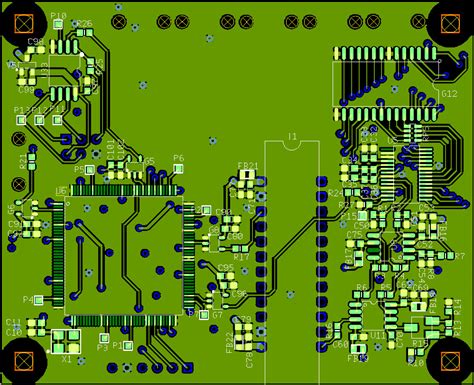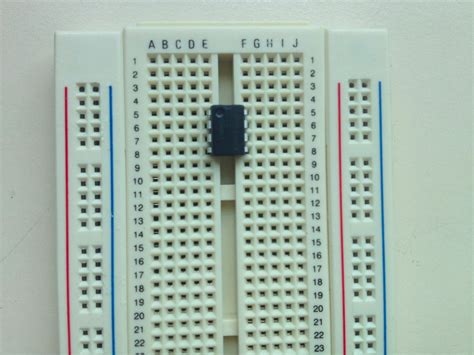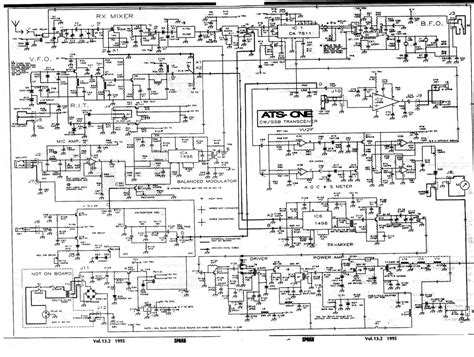
stay grounded digital analog and earth ground pcb layout
Introduction to PCB Ground Planes and Grounding Techniques Proper grounding is essential for the optimal performance, signal integrity, and electromagnetic compatibility of printed circuit boards[…]

understanding ground planes your two layer pcb
What is a Ground Plane in PCB Design? A ground plane is a large area of copper on a printed circuit board (PCB) that is[…]

understanding nuances between breadboard projects and prototype layouts
Breadboard vs Prototype: Key Differences to Consider When developing electronic circuits and projects, hobbyists and engineers often start by creating a prototype on a breadboard[…]

understanding your pcb netlist
What is a PCB Netlist? A PCB (Printed Circuit Board) netlist is a comprehensive list that contains information about the electronic components and their interconnections[…]

unmanned autonomous vehicles multiple sensor fusion pros cons
Introduction to Autonomous Sensor Fusion Autonomous sensor fusion is a critical component in the development and deployment of unmanned autonomous vehicles (UAVs). It involves the[…]

usb 4 design ultra fast serial data transfer your pcb
Introduction to USB4 and Its Benefits for PCB Design USB4 is the latest iteration of the Universal Serial Bus (USB) standard, offering unprecedented speed and[…]

usb charger project altium designer part 1
Introduction to USB Charger Design in Altium Designing a USB charger requires careful planning and execution to ensure the final product is safe, reliable, and[…]

us department transportation seeking alternatives gps
The Need for GPS Alternatives GPS, which is owned and operated by the U.S. Air Force, has become an integral part of modern life, supporting[…]

How to Draw a Simple Circuit Board
Introduction to Circuit-Drawing Drawing a circuit board can seem like a daunting task, especially for beginners. However, with the right tools and techniques, anyone can[…]

Xenon Flash Tube Circuit: How To Build the Circuit
Introduction to Xenon Flash Circuits A xenon flash circuit is an electronic device that produces a bright, intense burst of light using a xenon flash[…]